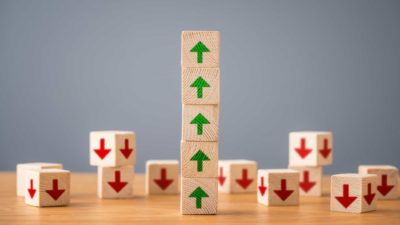It can be hard to know how to invest in a bear market and it can be a stressful time. But the reality is that markets ebb and flow, with this correction just being the latest example.
The S&P/ASX 200 Index (ASX: XJO) has fallen 19.48% in 2020 and volatility remains high. There are signs that Australia could be flattening the coronavirus curve but it's still early days.
The other issue facing our country is an economic crisis. Even if the pandemic is successfully mitigated here, the global economy relies heavily on the United States and Europe. That means we are unlikely to be immune from the economic fallout from COVID-19.
But the good news is that we can learn from the past with these sorts of things. Here are a couple of lessons I've taken away from previous bear markets in the ASX and other share markets.
A bear market will bounce back in time
There have been several bear markets in recent decades. In the 21st century alone we've seen the 2000/01 Dot-Com Bubble and the 2008/09 Global Financial Crisis (GFC). That means the latest coronavirus-induced crash is just part of the economic cycle.
Let's take a look at how the US share market performed in those times by analysing the S&P 500 Index.
At its peak in August 2000, the S&P 500 was trading at around the 1,500 points mark. By December 2002, the benchmark index had fallen to around 900 points – a decline of around 40%.
We saw a similar pattern in the 2008/09 GFC. From a high of around 1,500 points in July 2007, the S&P 500 fell to just 750 points by March 2009 – roughly a 50% decline.
These previous bear markets hit some investors hard, particularly the market timers. But even amidst the current correction, the S&P 500 is still at 2,749.98 points. That means even if you bought at either peak before these big crashes, you would have increased your wealth significantly.
Buy and hold is a great strategy
No one knows how much further markets will fall as this pandemic rolls on. However, we can learn how to invest from previous bear markets and relate that to ASX shares.
The people who lost money in either the Dot-Com Bubble or the GFC are those who sold. If you invest in a diversified portfolio, you could weather a company going under if your portfolio risk is spread appropriately.
It's easy to panic and make rash decisions. But focusing on building long-term wealth through ASX shares will be the key to emerging with your retirement plans intact.







